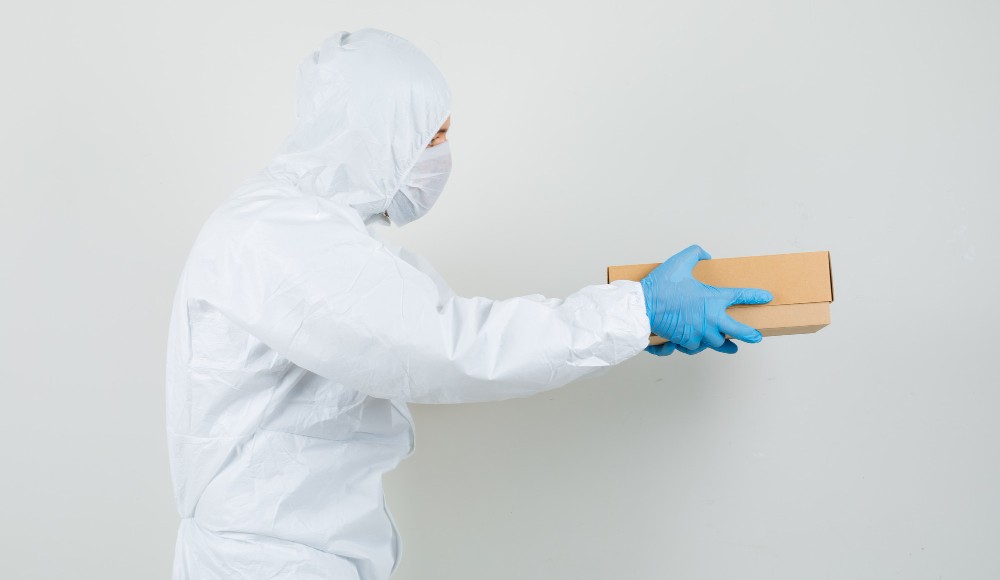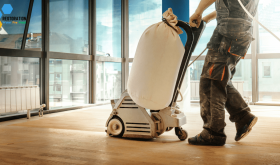
The presence of mold in residential and commercial spaces can pose a significant risk to the structural integrity and well-being of the residents. When faced with mold issues, you might often hear two terms: remediation and removal. While they sound similar, there are important differences between these approaches.
What is Mold Removal?
Mold removal is the process of physically eliminating visible mold from surfaces. It typically involves:
- Cleaning affected areas with specialized products
- Scrubbing surfaces to remove mold growth
- Disposing of small, moldy items
Mold removal works well for minor mold problems on non-porous surfaces like tiles, glass, or metal. It’s a straightforward approach that can quickly improve the appearance of mold-affected areas.
What is Mold Remediation?
Mold remediation and removal goes beyond simply cleaning visible mold. It’s a comprehensive process that addresses the root causes of mold growth and prevents future issues. Mold remediation includes:
- Thorough inspection of the property
- Identifying and fixing moisture sources
- Containing the affected areas to prevent spore spread
- Removing mold-infested materials
- Cleaning and disinfecting the area
- Restoring damaged structures
- Implementing measures to prevent future mold growth
Mold remediation is ideal for larger mold problems, especially when mold has infiltrated porous materials like wood, drywall, or carpeting.
Key Differences Between Mold Remediation and Removal
Focus: Mold removal focuses on visible mold, while remediation addresses hidden mold and underlying causes.
Long-term effectiveness: Removal may solve immediate visible issues, but remediation aims to prevent future mold growth.
Process complexity: Removal is generally simpler, while remediation involves a more thorough, multi-step approach.
Equipment used: Remediation often requires specialized equipment for detection, containment, and air filtration.
Professional expertise: While small-scale removal might be a DIY task, remediation typically requires professional skills and knowledge.
Choosing the Right Approach
Deciding between mold remediation and removal depends on several factors:
Extent of mold growth: Small, surface-level mold might only need removal. Larger or recurring mold problems call for remediation.
Type of affected material: Non-porous surfaces may only require removal, while porous materials often need remediation.
Underlying moisture issues: If there’s an ongoing moisture problem, remediation is necessary to prevent mold from returning.
Health concerns: For individuals with mold sensitivities or respiratory issues, remediation offers a more thorough solution.
Benefits of Professional Mold Remediation and Removal
Opting for professional mold services offers numerous advantages:
Expert assessment: Professionals can accurately determine the extent of the mold problem and the best course of action.
Proper containment: Experts use techniques to prevent mold spores from spreading during the cleanup process.
Thorough cleaning: Professional-grade equipment and products ensure effective mold elimination.
Prevention strategies: Professionals can offer advice on preventing future mold growth.
Health protection: Proper mold handling reduces the risk of exposure to potentially harmful spores.
Preventing Future Mold Growth
After Mold Remediation and Removal, preventing future mold growth is crucial. Some effective strategies include:
- Controlling indoor humidity levels
- Fixing leaks and water damage promptly
- Ensuring proper ventilation in bathrooms and kitchens
- Regular cleaning and maintenance
- Using mold-resistant products in high-moisture areas
The Importance of Timely Action
Addressing mold issues promptly is essential. Quick action can:
- Prevent extensive structural damage
- Reduce health risks associated with mold exposure
- Save money by avoiding more extensive remediation needs
- Maintain a healthy and comfortable living environment
Mold growth in homes and buildings is a common issue, but it’s one that can be effectively addressed. Understanding the difference between mold remediation and removal helps in choosing the right approach for your specific situation.
While removal can be effective for small, surface-level problems, remediation offers a comprehensive solution for more extensive mold issues.
Professional mold remediation and removal services provide the expertise, equipment, and techniques necessary to effectively eliminate mold and prevent its return.





